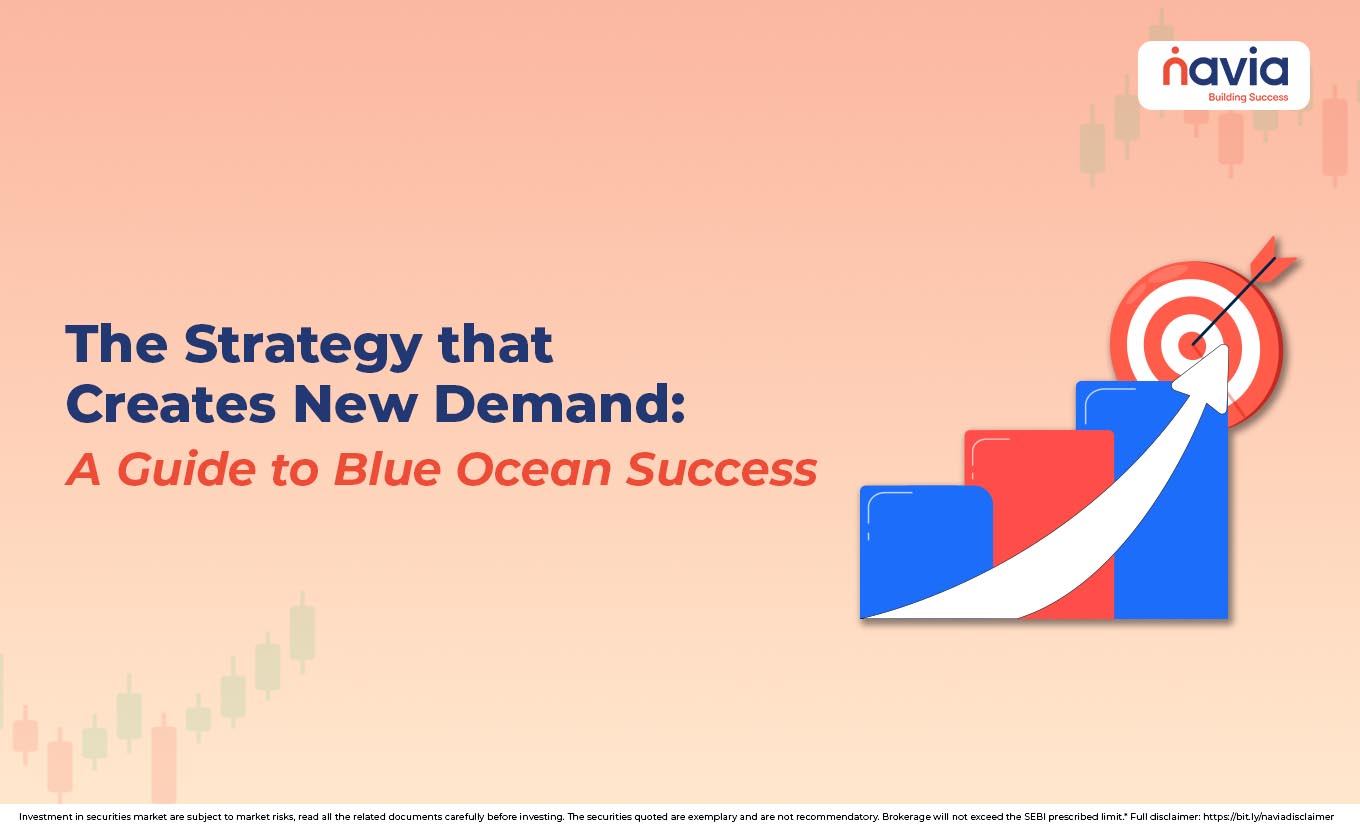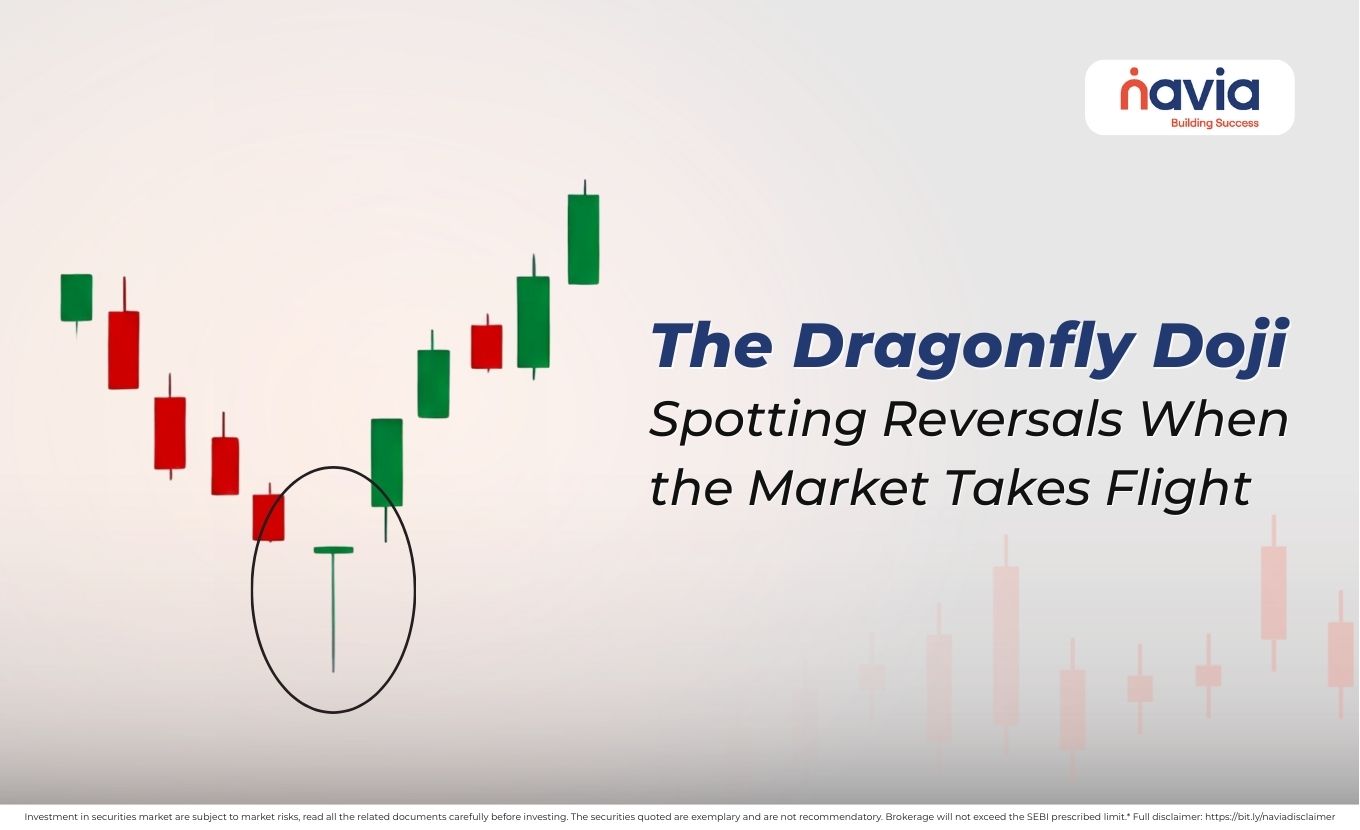The Strategy that Creates New Demand: A Guide to Blue Ocean Success

- What is Blue Ocean Strategy?
- The Core Principles of Blue Ocean Strategy
- Examples of Blue Ocean Strategy
- Implementing Your Own Blue Ocean Strategy: The Four Actions Framework
- Conclusion
- Frequently Asked Questions
Imagine that there are two types of market, one is buzzing with innovation and fierce competition, and another one is untouched, serene, and brimming with untapped potential. The first market is called the “red ocean” because it’s crowded and competitive. The second one is called the “blue ocean” because it’s vast and unexplored. Sounds interesting, right?
In today’s competitive business landscape, outperforming rivals often leads to diminishing returns. It’s not about beating the competition; it’s about making them irrelevant. If you’ve ever felt trapped in a cutthroat industry, struggling to differentiate your product, or just plain tired of fighting for scraps, understanding the blue ocean strategy meaning could be the compass you need.
This guide will help you to understand what the blue ocean strategy means, explore its core principles, and blue ocean strategy examples in detail.
What is Blue Ocean Strategy?
Blue Ocean Strategy is about creating new demand, not fighting over existing demand. Instead of competing in existing, saturated industries (red oceans) companies proactively seek out or create new market spaces where competition is either non-existent or irrelevant.
The idea is to break away from the traditional trade-off between value and cost. The conventional strategy will offer higher value, you must incur higher costs or lower costs, you must compromise on value. In simple words, to understand what is blue ocean strategy in its essence, it’s about pursuing:
🔸 Value Innovation: Creating a leap in value for both buyers and the company.
🔸 Uncontested Market Space: Making the competition irrelevant by defining a new problem or offering a radically new solution.
The framework is thinking differently, like moving the process from a supply-side perspective (what can we produce?) to a demand-side perspective (what do customers truly value that isn’t being met?).
The Core Principles of Blue Ocean Strategy
The blue ocean strategy is built with several guiding principles, some of them are given below;
| Value Innovation | Value innovation is the simultaneous pursuit of differentiation and low cost. It’s about creating new, superior value for customers while driving down costs. It is achieved by eliminating factors that the industry has long competed on, reducing factors that below the industry standard, raising factors that above industry standard and creating new factors that the industry has never offered. |
| Reconstructionist View of Market Boundaries | The blue ocean strategy argues that market boundaries and industry structure are not fixed but can be actively reconstructed by the actions and beliefs of industry players. Instead of adapting to existing conditions, companies can shape them. |
| Focus on Non-Customers | Blue ocean strategies are the vast pools of people who could use a product or service but currently don’t, either because the existing offerings are too expensive, too complex, or simply irrelevant to their needs. Tapping into this latent demand creates immense new market space. |

Examples of Blue Ocean Strategy
To grasp what the blue ocean strategy means by looking at the companies who have successfully implemented it in their past years.
Cirque du Soleil (Entertainment Industry)
➤ Red Ocean: The traditional circus industry was declining and facing competition from other entertainment forms like video games and movies, and public outcry against animal acts.
➤ Blue Ocean: The company eliminated costly animal acts and star performers; they reduced concession sales. They raised artistic value, live music, human acrobatic skill and created a theatrical storyline.
➤ Value Innovation: They fused opera and ballet with traditional circus arts to create a completely new entertainment form that appealed to adults and corporate clients willing to pay a premium, without competing with Ringling Bros. They drew non-customers of the traditional circus.
Southwest Airlines (Airline Industry)
➤ Red Ocean: Airlines competed on hubs, catering and classes of services leading to high costs and complex operations.
➤ Blue Ocean: The company eliminated meals, assigned seating, and complex hub-and-spoke systems. They also reduced connecting flights and baggage handling complexity, and they raised the frequency of point-to-point flights and friendly service.
➤ Value Innovation: The team offers flexibility and low cost of air travel, appealing to a vast base of non-customers who previously drove short distances.
Nintendo Wii (Video Game Industry)
➤ Red Ocean: The video game industry competed intensely on graphics, processing power, and complex controllers, catering primarily to hardcore male gamers.
➤ Blue Ocean: The company reduced the focus on hyper-realistic graphics and complex button layouts. They created a new market for casual gamers and families who found traditional consoles too intimidating.
➤ Value Innovation: They made gaming accessible and fund massive people, expanding the entire market rather than fighting Sony and Microsoft for existing gamers.
Yellow Tail Wine (Wine Industry)
➤ Red Ocean: The wine industry was saturated, competing on prestige, heritage, and complex jargon, often intimidating casual drinkers.
➤ Blue Ocean: The company eliminated all the complexities, like no fancy labels, no difficult terminology, and no extensive aging processes. They reduce the price point also and raise the ease of drinking and the simplicity of choice.
➤ Value Innovation: They appealed to beer drinkers and other non-wine consumers, making wine a simple, everyday beverage rather than an elite choice.
Implementing Your Own Blue Ocean Strategy: The Four Actions Framework
If you want to move from red to blue ocean strategy, the authors propose the “Four Actions Framework.” that will directly support valuation innovation.
| Eliminate | Which factors that the industry takes for granted should be eliminated? (e.g., Cirque du Soleil eliminated animal acts). |
| Reduce | Which factors should be reduced below the industry standard? (e.g., Southwest reduced in-flight meals). |
| Raise | Which factors should be raised above the industry standard? (e.g., Cirque du Soleil raised artistic presentation). |
| Create | Which new factors should be created that the industry has never offered? (e.g., Nintendo Wii created motion-controlled gameplay). |
After systematically applying this framework, companies can reconstruct buyer’s value elements and shift the cost structure easily. The movement is also creating a new demand and making the competition obsolete.
Conclusion
The blue ocean strategy is more than a theory; it’s a powerful methodology that breaks the constraints of conventional competition. It will help businesses to look beyond existing demand, embrace value innovation, and daringly reconstruct market boundaries.
In this crowded world, you must do smart thinking not harder. By learning this compelling blue ocean strategy examples and applying its core principles, your company too can ditch the bloody red ocean and sail into profitable, and uncontested blue waters.
Do You Find This Interesting?
Frequently Asked Questions
What does “blue ocean” mean in business?
A blue ocean is an analogy for an uncontested market space where competition is irrelevant. It represents industries that don’t yet exist or are being created by a company. The strategy involves pursuing both differentiation and low cost simultaneously, which breaks the traditional value-cost trade-off.
What is an example of a Blue Ocean Strategy?
The classic example is Cirque du Soleil. They:
◉ Eliminated costly elements of the traditional circus (animal acts, star performers).
◉ Reduced the number of ring shows.
◉ Raised the artistry, live music, and thematic storytelling of theater.
◉ Created a completely new form of entertainment appealing to adults and corporate clients willing to pay a premium—customers who were not typically circusgoers.
By doing this, they didn’t compete with Ringling Bros.; they created a new market for “sophisticated theater-circus,” making the traditional circus irrelevant.
What is the yellow ocean strategy?
The yellow ocean strategy is not a formal concept from the original “Blue Ocean Strategy” literature, but it’s a term used to describe a hybrid approach that blends the two extremes:
It mixes elements of the Red Ocean (competing in existing markets) with the Blue Ocean (seeking differentiation and creating new market space).
The goal is to find a niche that allows a company to differentiate itself effectively while still competing in a current market, aiming for a balance between innovation and immediate competitive advantage.
What are the 4 steps of the Blue Ocean Strategy?
The Blue Ocean Strategy primarily uses the Four Actions Framework to create a new Value Curve (or strategic profile). The four steps are:
1. Eliminate: Which factors that the industry takes for granted should be eliminated? (e.g., Cirque du Soleil eliminated animal acts).
2. Reduce: Which factors should be reduced below the industry standard? (e.g., Cirque du Soleil reduced reliance on celebrity performers).
3. Raise: Which factors should be raised above the industry standard? (e.g., Cirque du Soleil raised the artistic quality and complexity of the show).
4. Create: Which factors should be created that the industry has never offered? (e.g., Cirque du Soleil created a unique theater-like theme and storyline).
Which brand is the best example of a Blue Ocean Strategy?
While many brands have used this approach, Cirque du Soleil is widely considered the classic and most definitive example.
Another excellent, more modern example is Netflix. They created a blue ocean by:
➔ Eliminating physical stores and late fees (Blockbuster’s model).
➔ Creating a subscription-based, mail-order DVD model.
Later, they created a second blue ocean by transitioning to on-demand streaming and original content, redefining how people consume entertainment.
DISCLAIMER: Investment in securities market are subject to market risks, read all the related documents carefully before investing. The securities quoted are exemplary and are not recommendatory. Full disclaimer: https://bit.ly/naviadisclaimer.






